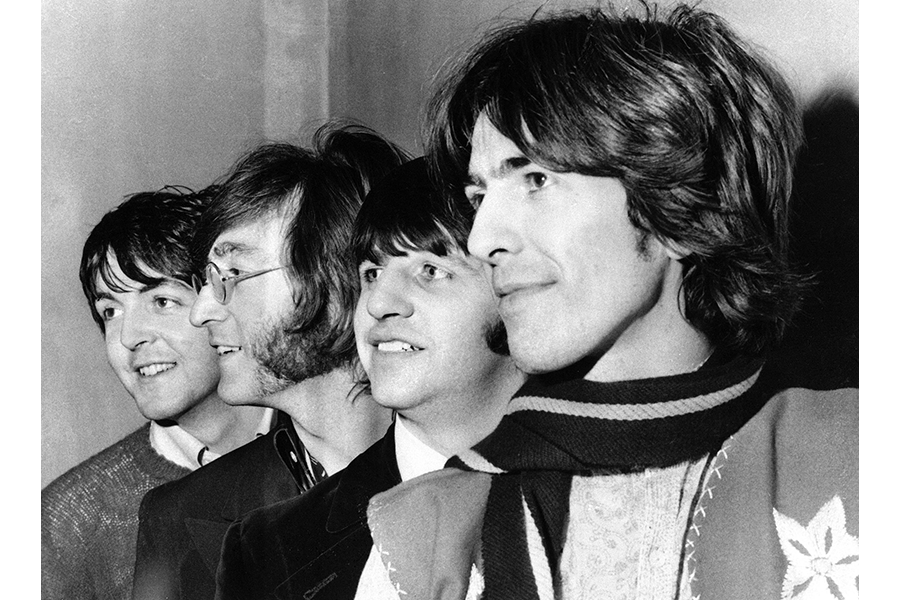Netflix's 'Beat Bugs' series will center on a bug group, include Beatles tunes
Loading...
Creatures on an upcoming Netflix family series are getting into the Beatles in a big way. But they're much smaller than the walruses, octopuses, or bulldogs you may be imagining.
The show will tell the story of five pals who are known as the Beat Bugs, and find out more about the backyard in which they live. It will arrive this August.
Various artists including the Shins and Sia will cover various songs by the Fab Four for the upcoming animated show.
The program is the newest offering from the streaming service, which also is behind such TV shows as “House of Cards,” “Orange Is the New Black,” and “Unbreakable Kimmy Schmidt.”
By incorporating the music of the Beatles, the series “Beat Bugs” will be using what are often called some of the best songs ever created.
Doubtless Netflix wouldn’t be going ahead with an animated show using Beatles songs if the streaming service wasn’t fairly sure the music would resonate with viewers. More than 40 years after the group dissolved, why are the Beatles still at the forefront of pop culture?
Many consider the songs timeless. Rolling Stone selected members John Lennon and Paul McCartney as the third- and second-best songwriters of all time, respectively, with staff writing, “John Lennon's command of songwriting was both absolute and radically original: that was clear from his earliest collaborations with Paul McCartney, which revolutionized not just music, but the world.”
USA Today writer Edna Gundersen writes that the Beatles’ tunes never sound antiquated. “The melodic, instantly memorable tunes of The Beatles are ingrained in the DNA of modern civilization,” Gundersen writes. “On this golden anniversary [of their first single ‘Love Me Do’ in 1962], their golden oldies sound as vital and fresh as ever and continue to bewitch new generations.”
BBC writer Adam Gopnik says that some of the timelessness of the sound comes from the different styles of the band members:
“The Beatles' music endures above all because we sense in it the power of the collaboration of opposites,” Gopnik wrote. “John had reach. He instinctively understood that what separates an artist from an entertainer is that an artist seeks to astonish, even shock, his audience. Paul had grasp, above all of the materials of music, and knew intuitively that astonishing art that fails to entertain is mere avant-gardism.”
The group also arrived at the best possible moment, writer Martin Lewis told USA Today.
“The Beatles made rebellion constructive, articulating it with joyous, giddy exuberance,” Lewis said. “At a time when cigar-chomping moguls paid people in cubicles to write factory-farm pop songs for teenagers, The Beatles were completely authentic, and kids instinctively understood that.”






